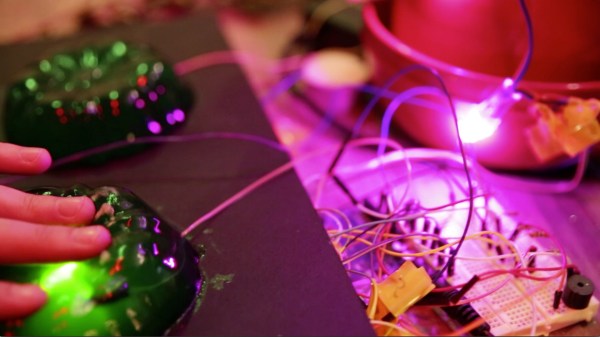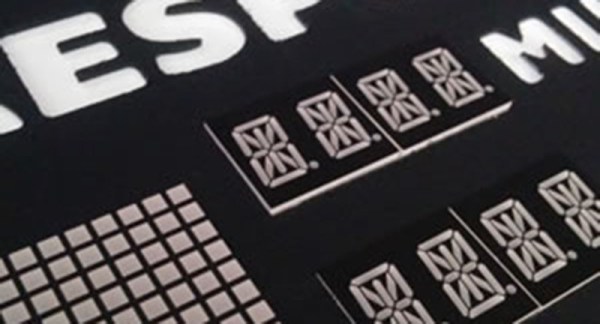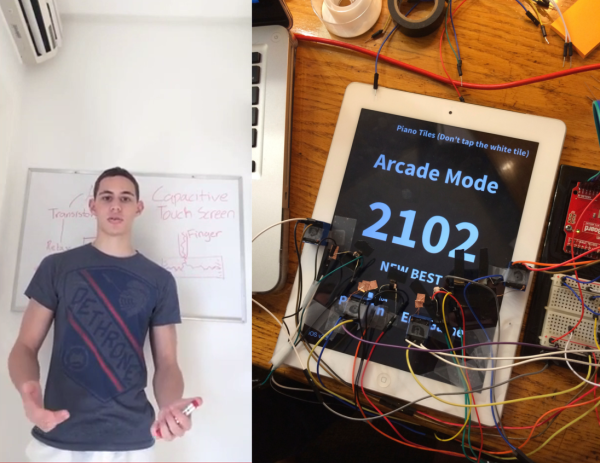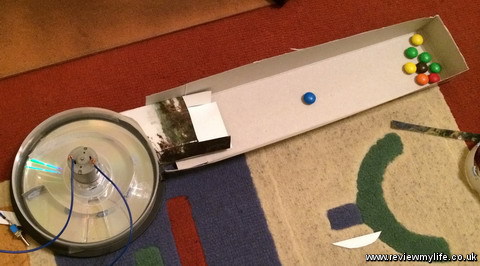We have a pretty good guess where [Krizbleen] hides away any seasonal presents for his family: behind his shiny new secret library door. An experienced woodworker, [Krizbleen] was in the process of finishing the attic in his home when he decided to take advantage of the chimney’s otherwise annoying placement in front of his soon-to-be office. He built a false wall in front of the central chimney obstacle and placed a TV in the middle of the wall (directly in front of the chimney) flanked on either side by a bookcase.
If you touch the secret book or knock out the secret sequence, however, the right-side bookcase slides gently out of the way to reveal [Krizbleen’s] home office. Behind the scenes, a heavy duty linear actuator pushes or pulls the door as necessary, onto which [Krizbleen] expertly mounted the bookcase with some 2″ caster wheels. The actuator expects +24V or -24V to send it moving in one of its two directions, so the Arduino Uno needed a couple of relays to handle the voltage difference.
The effort spent here was immense, but the result is seamless. After borrowing a knock-detection script and hooking up a secondary access button concealed in a book, [Krizbleen] had the secret door he’d always wanted: albeit maybe a bit slow to open and close. You can see a video of its operation below.


















